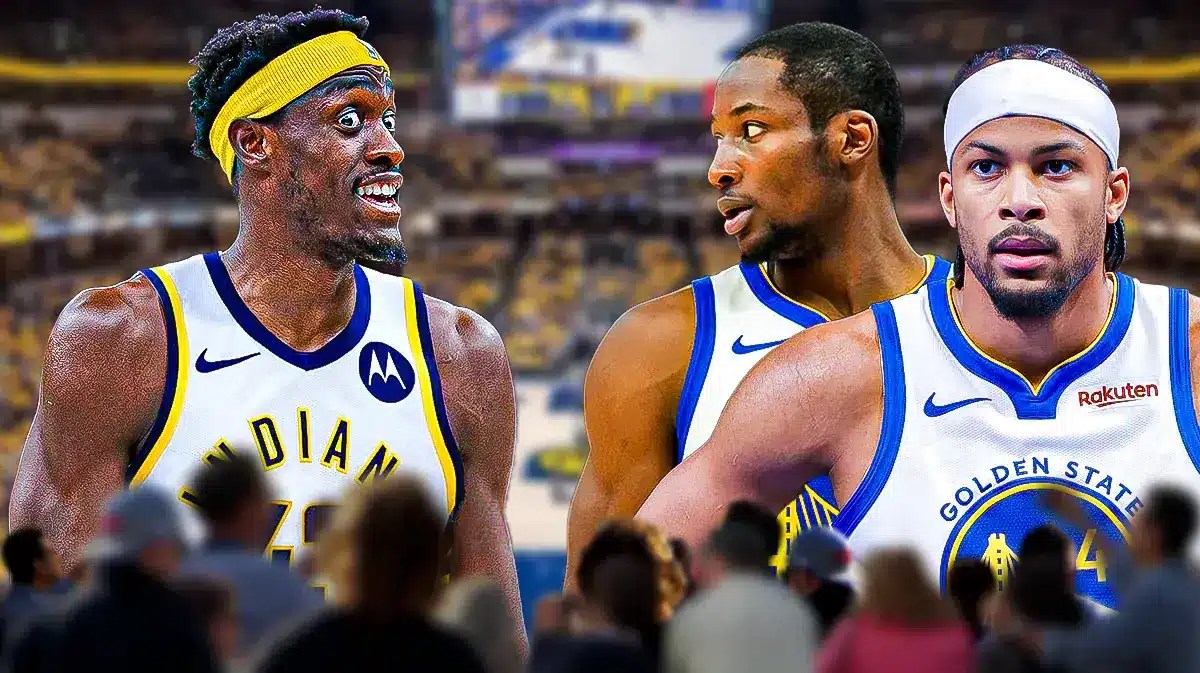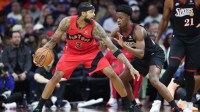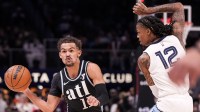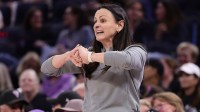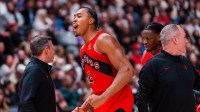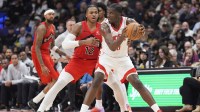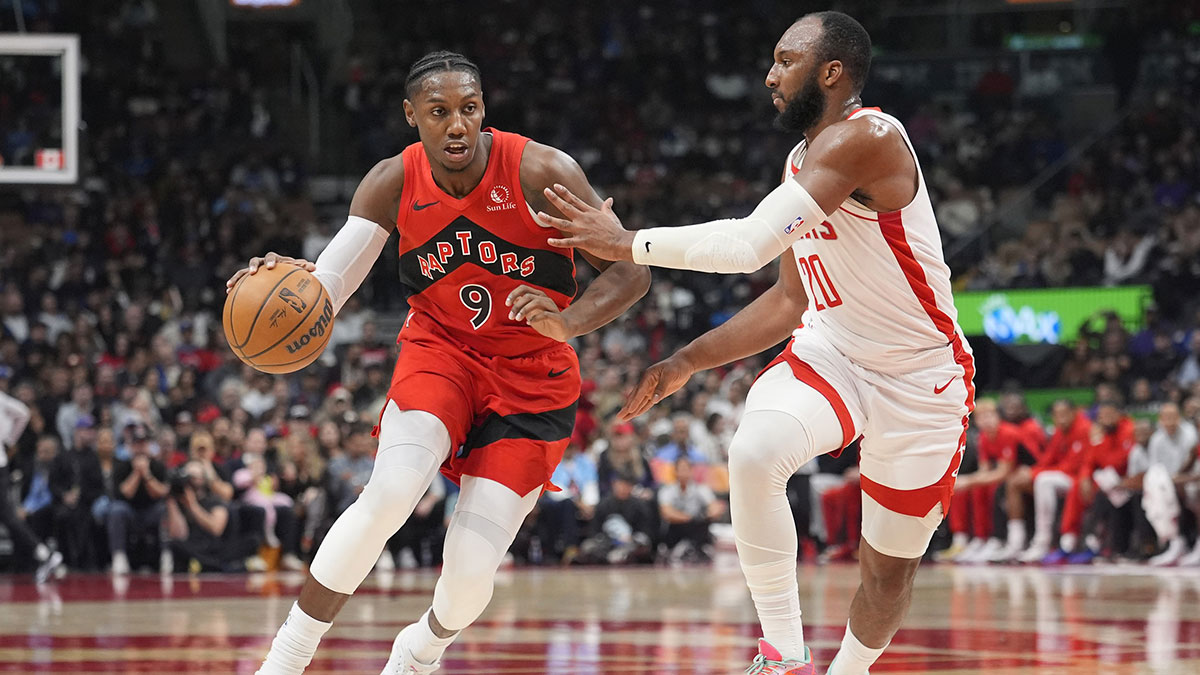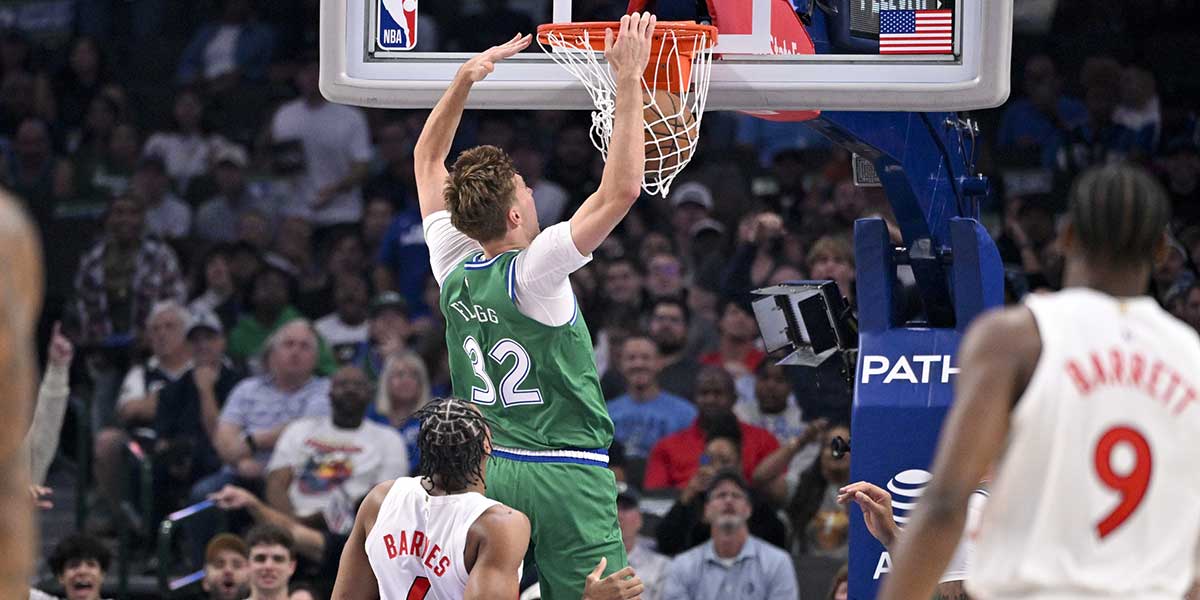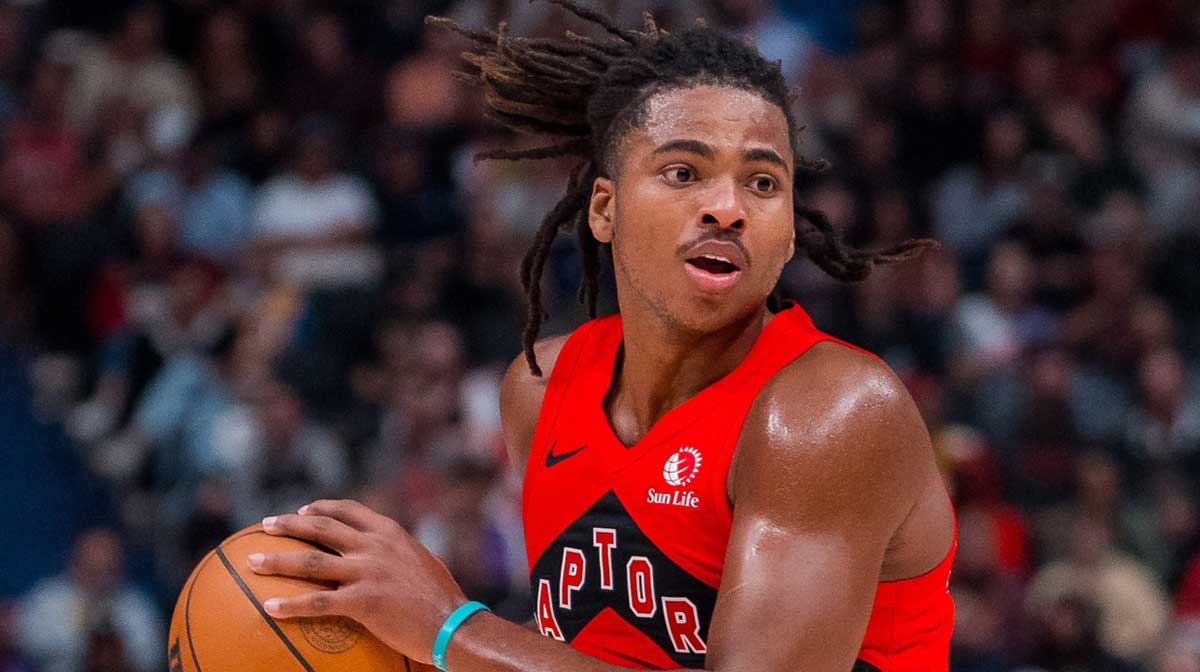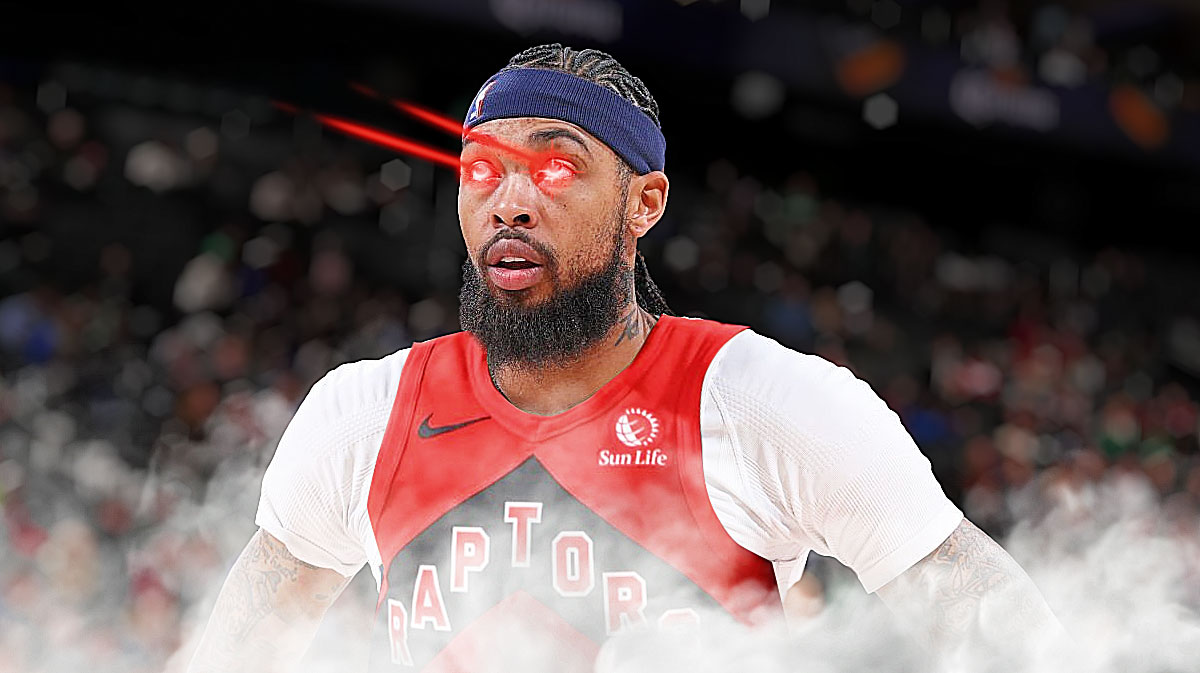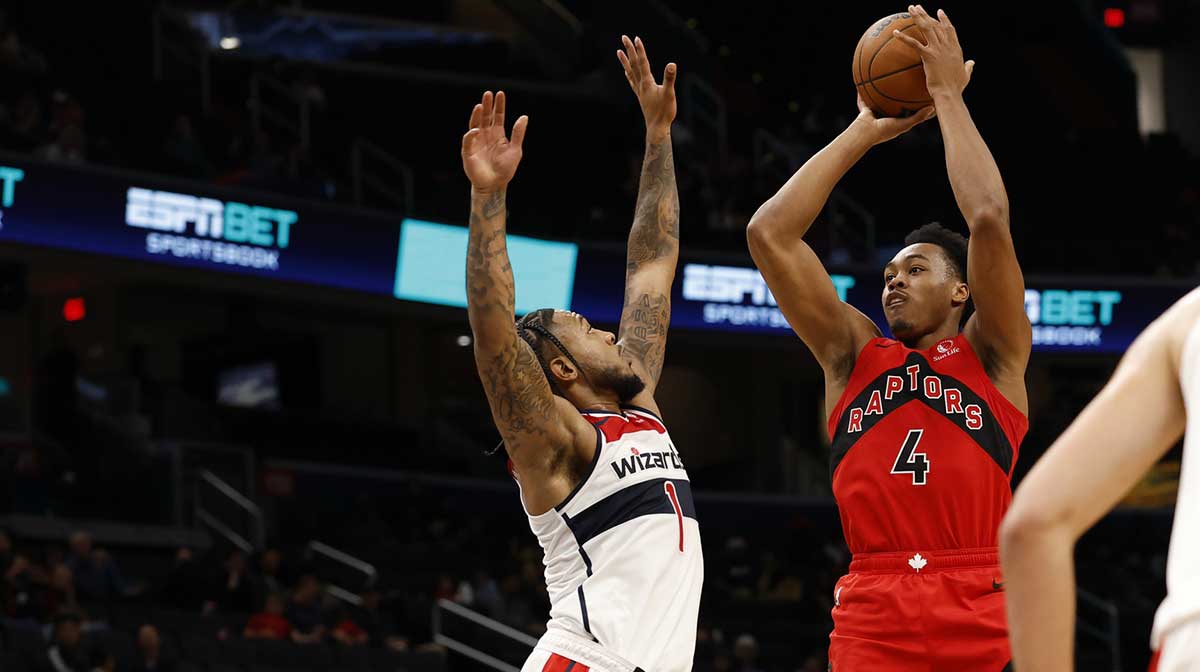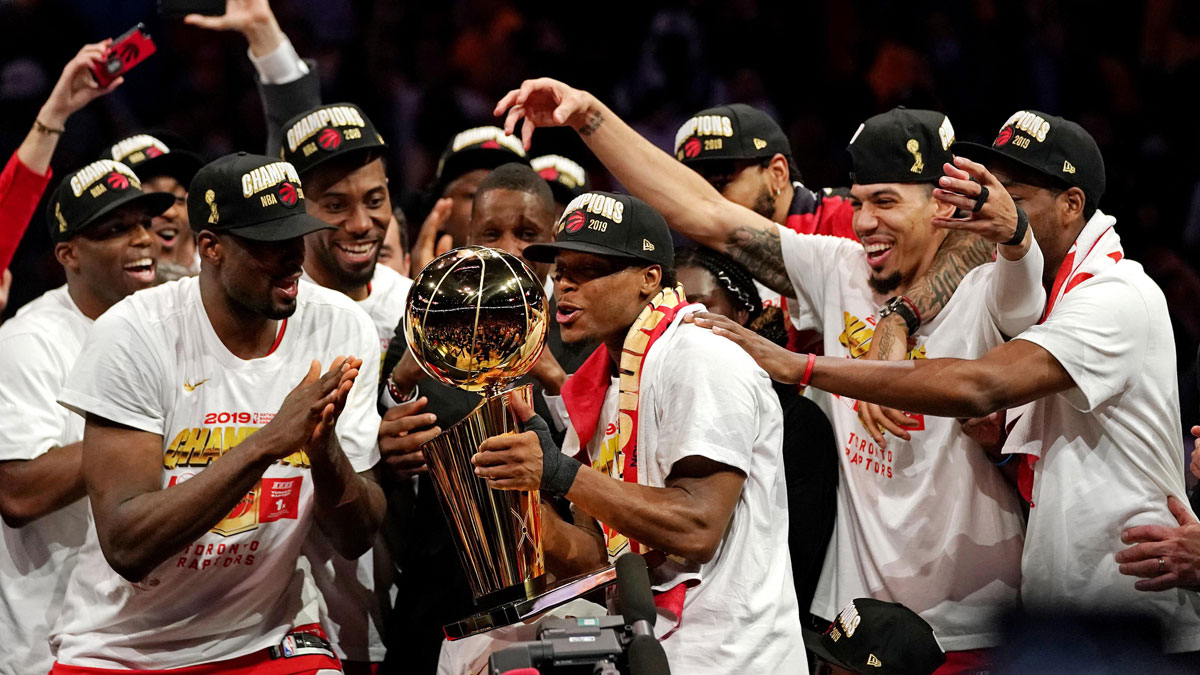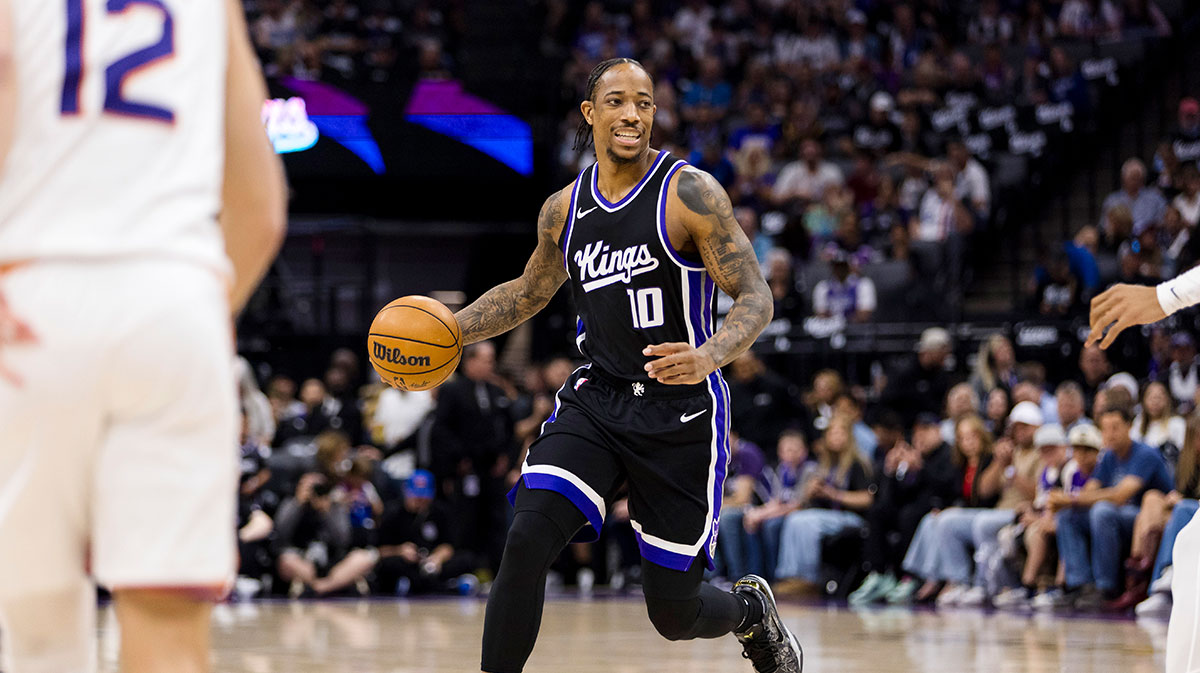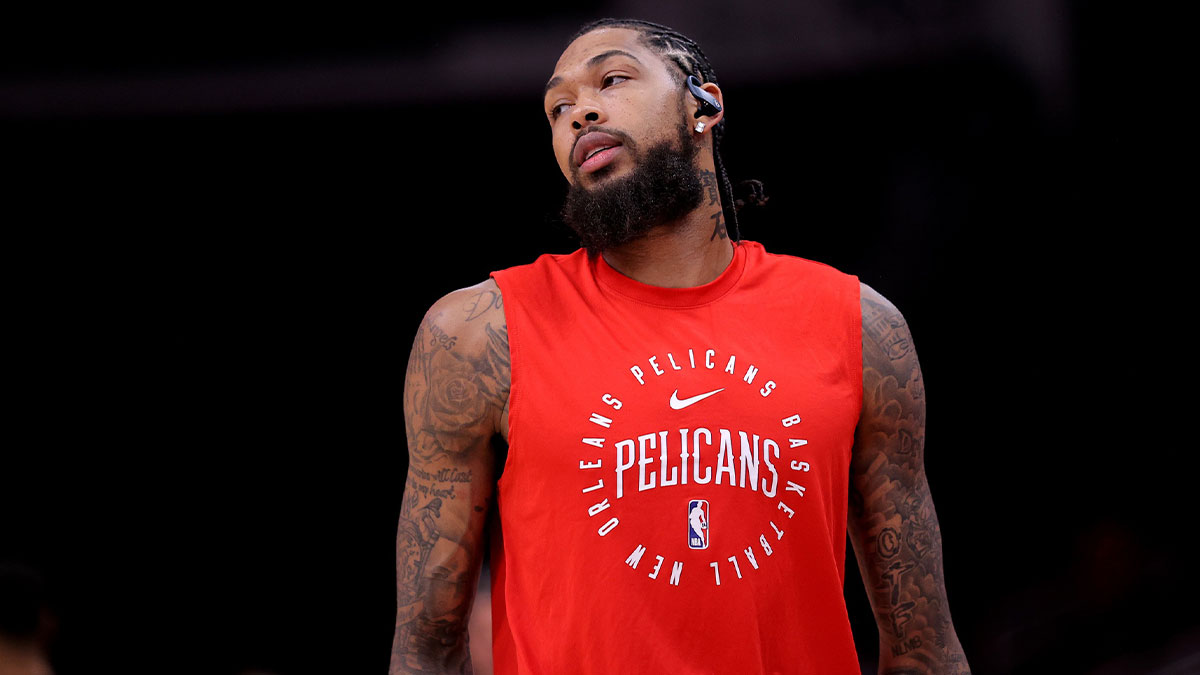The Toronto Raptors ultimately settled for a package headlined by three first-round draft picks while parting ways with Pascal Siakam. The Indiana Pacers also sent Bruce Brown north of the border in Wednesday's blockbuster trade, but there's already scuttle that he could be moved again ahead of the Feb. 8 trade deadline.
After bringing in Immanuel Quickley and RJ Barrett in their previous trade of OG Anunoby, all indications were the Raptors preferred prospects over picks in a prospective Siakam deal. What happened? Maybe ask the Golden State Warriors.
Less than two hours before Toronto and Indiana agreed on the trade that finally sent Siakam elsewhere, more rumors emerged that Golden State was chasing the two-time All-Star with the hope of retaining not just one of Jonathan Kumina and Moses Moody, but both.
“Golden State has held discussions on Siakam as well, as the Warriors are motivated to find in-season improvements and right their ship that’s still being steered by Stephen Curry, Draymond Green and Klay Thompson,” Jake Fischer of Yahoo! Sports reported. “Golden State, though, has shown little indication of parting with Moses Moody or Jonathan Kuminga, sources said.”
Should Warriors keep both Jonathan Kuminga and Moses Moody past trade deadline?
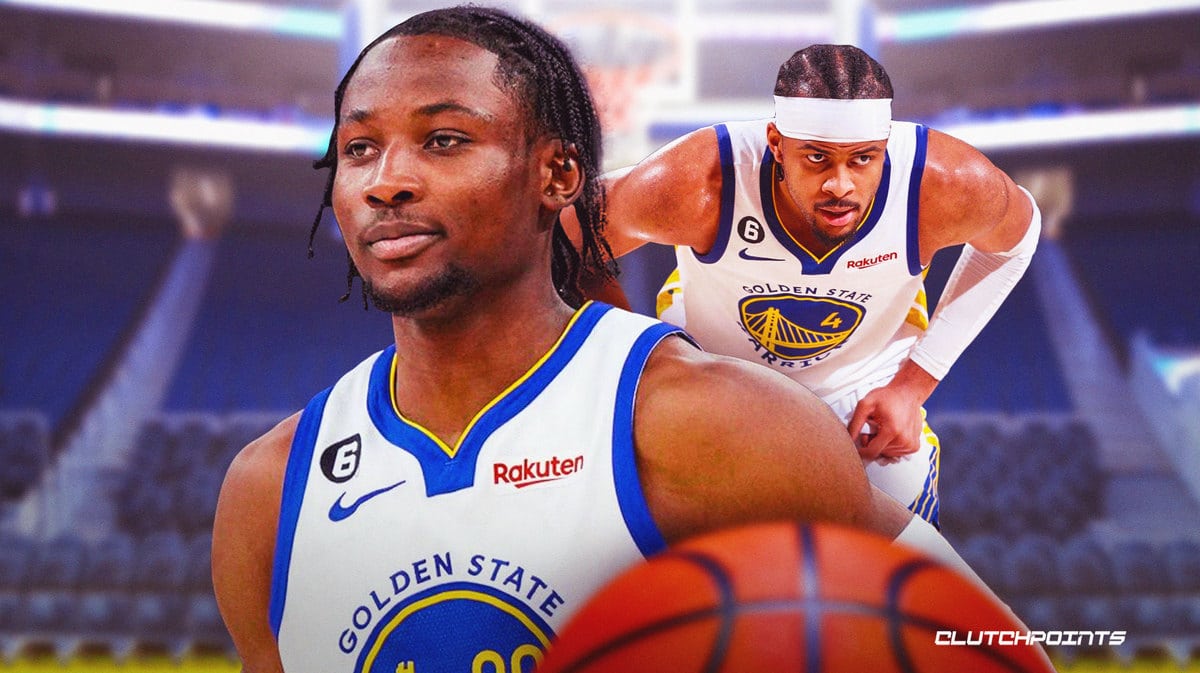
Golden State's desire to supplement its ever-aging Big 3 with another star at the trade deadline is likely doomed by Siakam heading to Indiana. Any expectation the Utah Jazz would seriously entertain a Lauri Markkanen trade absent a return haul on par with the historic one they received for Rudy Gobert was always foolish, and Will Hardy's team has been the hottest in the league over the past month.
Perhaps the Warriors have eyes for the Washington Wizards' Kyle Kuzma or the Orlando Magic's Wendell Carter Jr., but neither player is close to Siakam's caliber of true difference-maker. The same goes for defensive maven Alex Caruso of the Chicago Bulls, a known personal favorite of Steve Kerr's. While it's hardly a secret the Bulls and Atlanta Hawks have made Zach LaVine and Dejounte Murray available, they're far from snug fits on a team still built around Curry, Green and Thompson.
Don't expect Golden State to make that much-discussed big move at the trade deadline, basically. If the front office always wanted to hang onto Kuminga and Moody into the summer, odds are it was never coming anyway. Andrew Wiggins is negative value on his current contract by this point, and Mike Dunleavy Jr. is surely wary of not including significant protections on future first-round picks in any trade framework given this team's steep recent downward trajectory.
Would pushing their chips in for a star like Siakam—without even taking the elephant in the room of his expected four-year, max-level contract and Golden State's second-apron complications into account—really have been the Dubs' optimal means of charting a better path forward as the twilight of Curry's career continues? It seems Dunleavy and company don't think so, instead content to enter what needs to be a truly transformational offseason with all of their top trade assets still in hand.
Golden State will have a much better idea of what it will take to re-sign Thompson in early June. There's still a chance Wiggins rehabs his value by season's end, and Chris Paul's completely nonguaranteed $30 million contract for 2024-25 will remain a valuable trade chip. What if Kuminga or Moody pops to a different degree over the next few months, improving their standing, not just with the Warriors but also league-wide?
There's still a chance Golden State moves Wiggins or Paul's salary to clean up its books before the offseason while affording more on-court opportunities for Kuminga, Moody and Brandin Podziemski in what's looking more and more like a lost season. The Warriors' disinterest in giving up on Kuminga or Moody, both eligible for extension after 2023-24, even in a deal for Siakam suggests management has come to grips with that reality, content to wait for a more wholesale roster overhaul this summer rather than try for a last-hope quick fix that would require surrendering one of their best assets.
That's a tough pill to swallow with Curry turning 36 in March, finally showing sustained signs of slowing down. But if this season really is the beginning of his inevitable decline from the top of the league's individual hierarchy, it's far more prudent to make sweeping changes in June and July that could best amplify Curry's game rather than take one or two swings before Feb. 8, sapping the front office of maximum flexibility. Hanging onto Kuminga and Moody past the trade deadline is just a reflection of that painful foresight.

